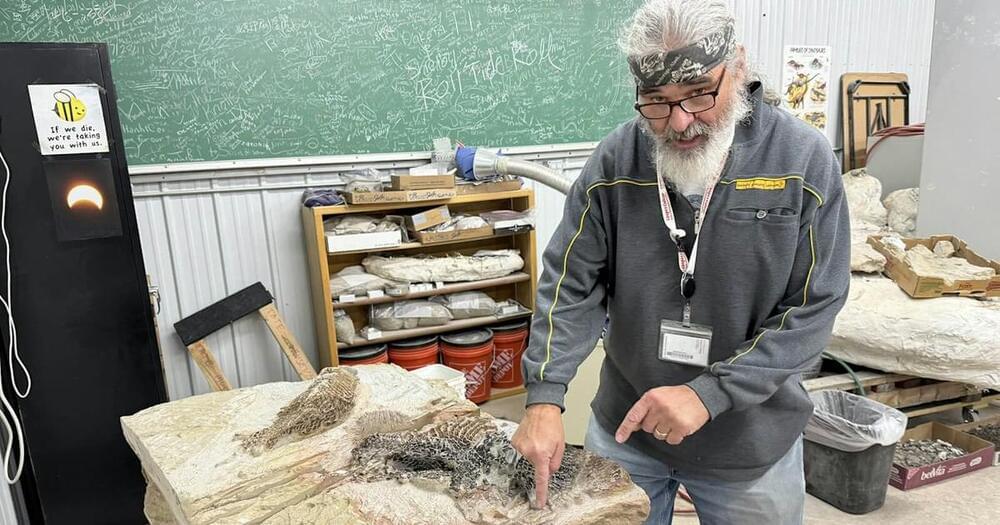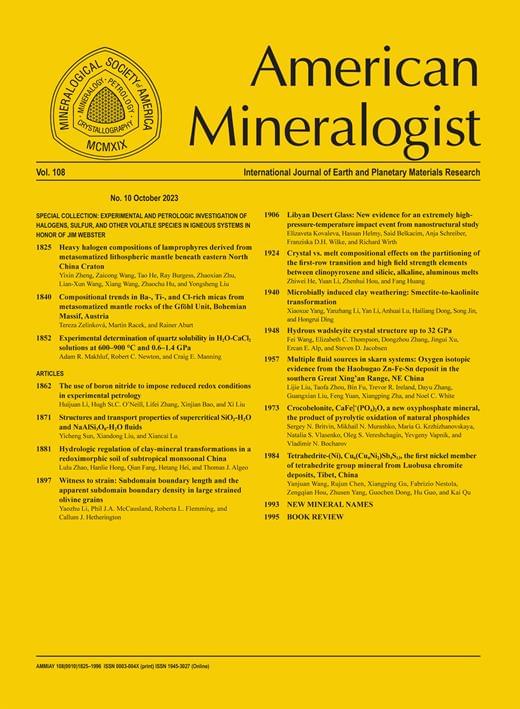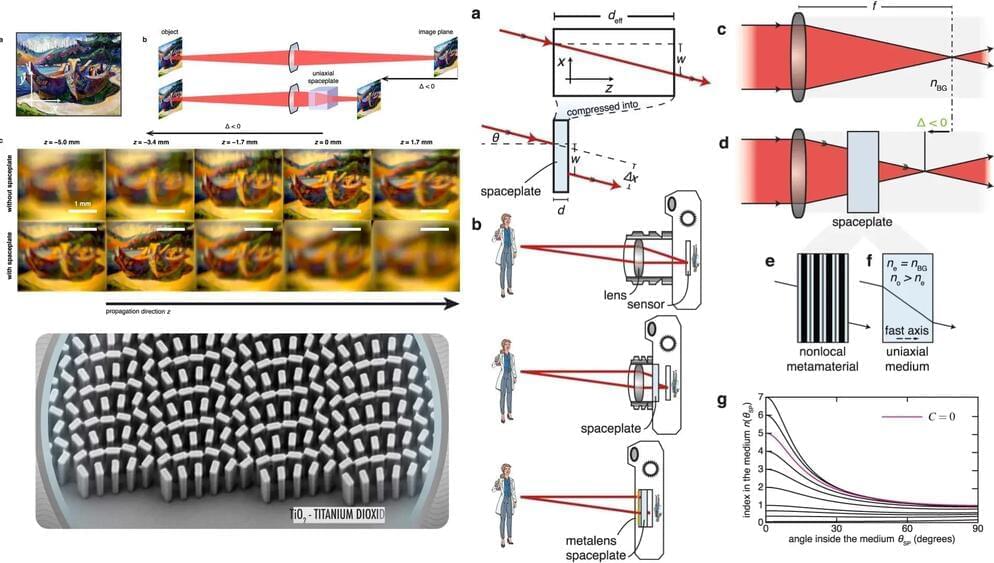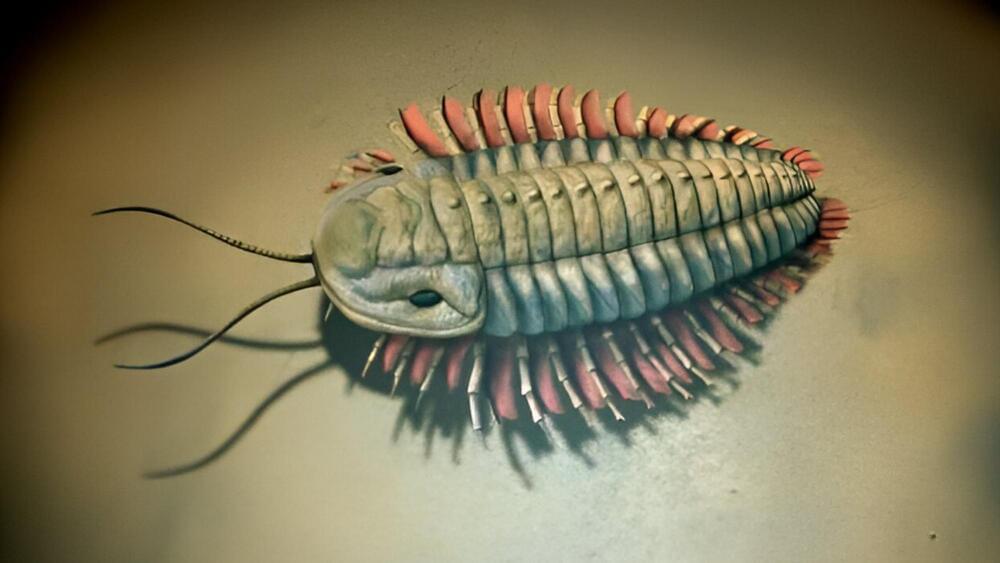Reading the book ‘Society of Mind’ by Marvin Minsky #artificialintelligence #machinelearning #cognitivescience
Category: futurism – Page 404

Dynamic bio-interface between mussel tissue and byssus plays important role in quick release
A team of chemists at McGill University, working with a colleague from Charité-Universitätsmedizin, in Germany, has uncovered part of the process used by mussels to bind to rocks and to quickly release from them when conditions warrant.
In their project, reported in the journal Science, the group studied the interface between mussel tissue and the bundle of filaments that mussels use to anchor themselves to rocks and other objects. Guoqing Pan and Bin Li, with Jiangsu University and Soochow University, both in China, have published a Perspective article in the same journal issue outlining the work done by the team on this new effort.
Mussels are bivalve mollusks that live in both fresh and saltwater environments. They have hinged shells that are joined by a ligament. Muscles ensure a tight seal when the shell is closed. Mussels use byssus threads (known commonly as a beard) to attach themselves to solid objects such as rocks.

Libyan Desert Glass: New evidence for an extremely high-pressure-temperature impact event from nanostructural study
Elizaveta Kovaleva, Hassan Helmy, Said Belkacim, Anja Schreiber, Franziska D.H. Wilke, Richard Wirth;American Mineralogist 2023;; 108 (10): 1906–1923. doi: https://doi.org/10.2138/am-2022-8759
Download citation file:
The CEO of a $2.2 billion tech startup—who’s sold companies to Yahoo and Google—shares the common mistake he’s avoided
Craig Walker is the founder and CEO of cloud communications software company Dialpad, which was most recently valued at $2.2 billion.

The Future of Imaging? Metalenses and Spaceplates Allow Lens-Free Cameras and With Bigger Sensors
Are you ready for a cell phone with a medium-format-sized sensor?
It’s science time. New research tells us how, with the help of metalenses and spaceplates, we don’t need conventional lenses anymore. Furthermore, that will allow manufacturers to develop tiny cameras with bigger sensors. Read the highlights of the research below.
New research has found a solution for reducing the size of cameras, by combining both metalenses and spaceplates. That combination allows a significant reduction of the glass and the length from the camera sensor. The result can be a lens-free camera and a bigger sensor. Furthermore, it’s a whole new approach for how light can be focused, and utilized, that can result in manufacturing facilitation of both cameras and lenses.
Adding a spaceplate to an imaging system such as a standard camera will shorten the camera. An ultra-thin monolithic imaging system can be formed by integrating a metalens and a spaceplate directly on a sensor.



Foster + Partners unveils Saudi Arabia pavilion for Expo 2025 Osaka
British architecture studio Foster + Partners has released visuals of its design for the Saudi Arabia pavilion at Expo 2025 Osaka, which will be modelled on the kingdom’s traditional villages.
It will be among the national pavilions at the upcoming World Expo, for which Sou Fujimoto Architects is developing the masterplan on the artificial island Yumeshima in Osaka Bay, Japan.
Foster + Partners said its aim for the pavilion is to offer visitors “a spatial experience that echoes the exploration of Saudi Arabian towns and cities”